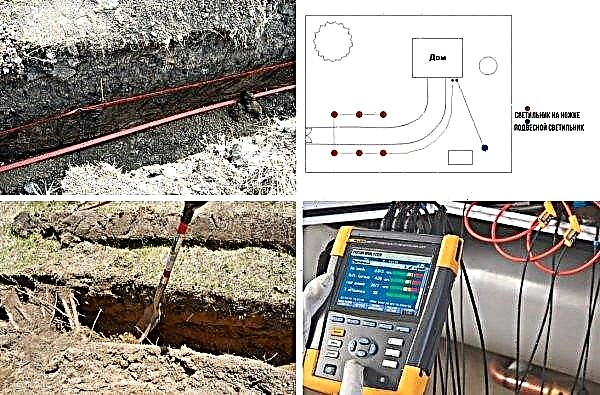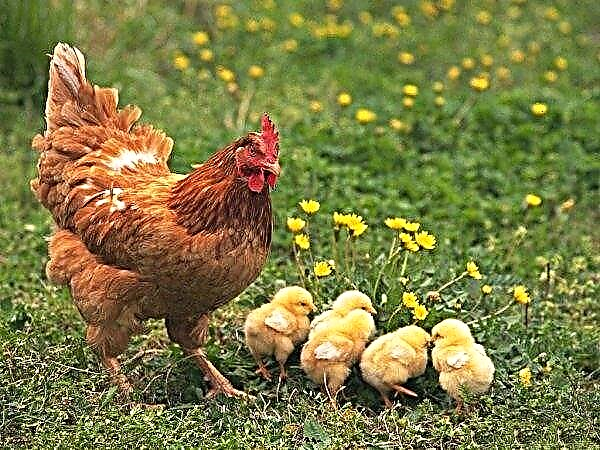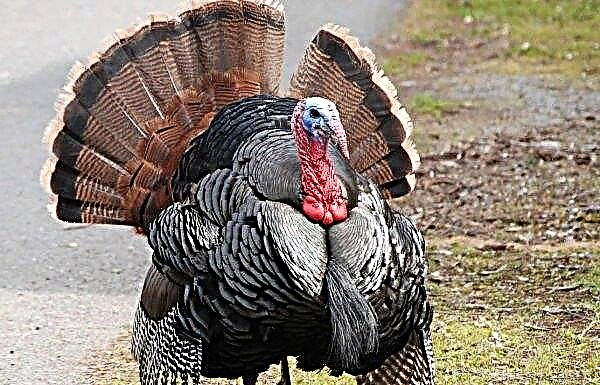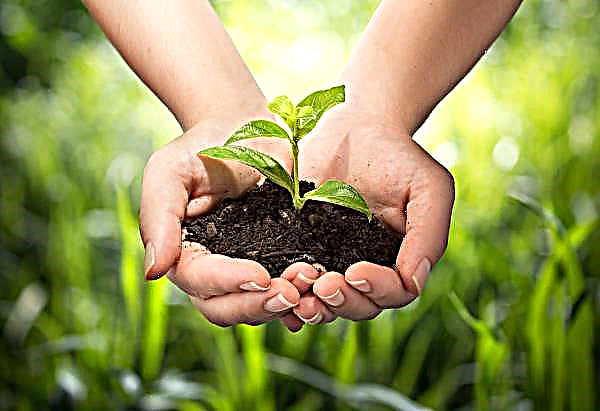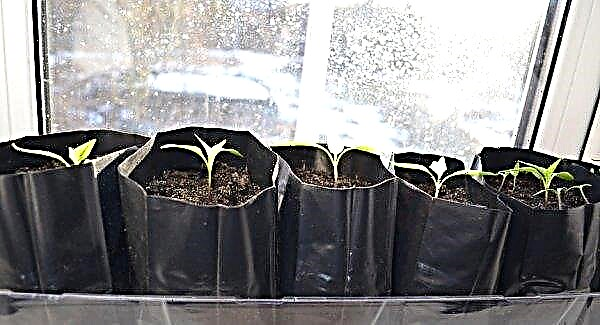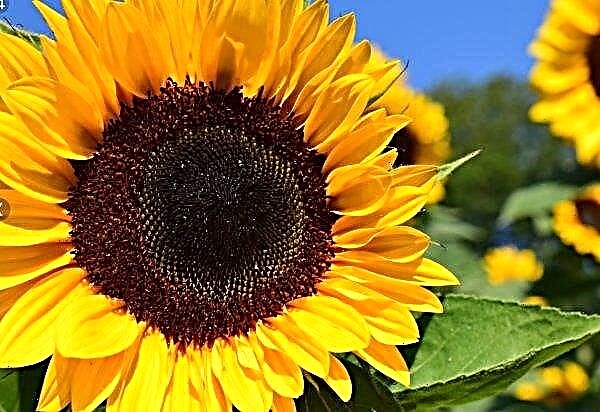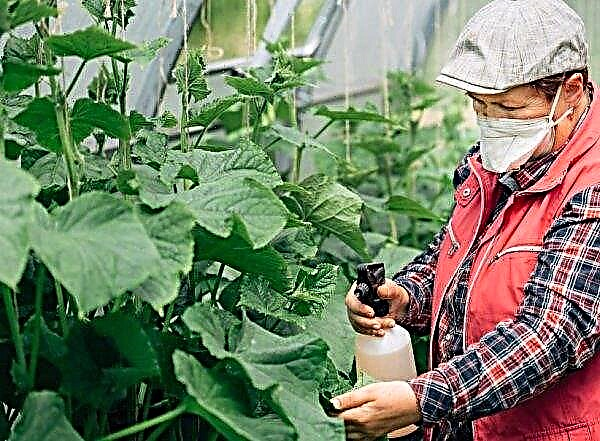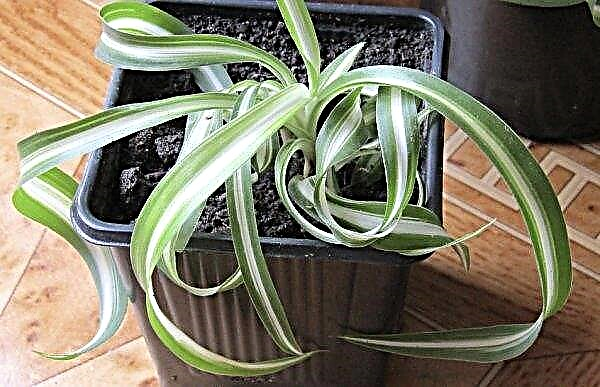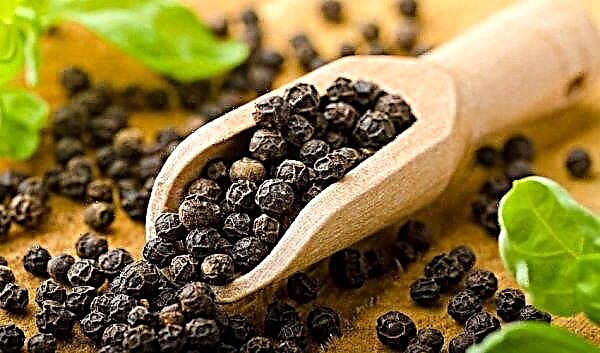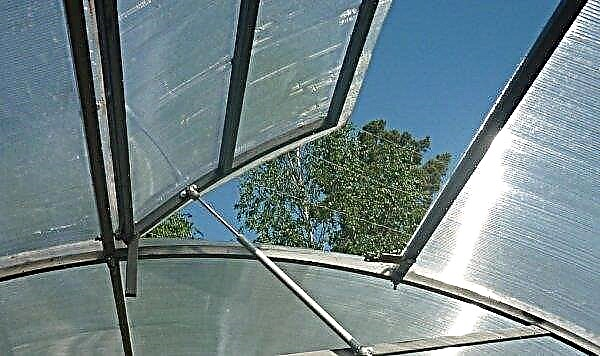Hippeastrum in winter and spring pleases many gardeners with beautiful star flowers, however it happens that it ceases to bloom. The reason may be mistakes made during care, illness or pests. Learn more about the possible causes of this phenomenon and how to make the hippeastrum bloom.
Basic requirements for growing hippeastrum
Because of the long roots, deep and not very wide pots are best suited for growing hippeastrum. It is recommended to use a pot with a diameter of 4-6 cm larger than the diameter of the bulb; in a large capacity, the plant does not bloom for a long time.
When planting a bulb, you can not immerse it in the ground more than 2/3. You can buy a ready-made substrate for this type: a nutritious soil with neutral acidity, prepared from turf land, peat, sand and humus (2: 1: 1: 1 ratio) is suitable. At the bottom there must be a layer of pebbles or expanded clay.
Important! Water the hippeastrum along the edges of the pot, without directing a stream of water on the bulb.
Hippeastrum loves bright sunshine and room temperature from + 20 ° С to + 25 ° С. Watering depends on the air temperature and the stage of development of the plant. During the period of active vegetation and flowering, when the house is hot, the plant needs frequent watering, about once every two days. At the end of flowering, watered regularly, once every seven days. In autumn, at rest, watering is not required.
Watering depends on the air temperature and the stage of development of the plant. During the period of active vegetation and flowering, when the house is hot, the plant needs frequent watering, about once every two days. At the end of flowering, watered regularly, once every seven days. In autumn, at rest, watering is not required.
Fertilizers are first applied when the peduncle reaches a height of more than 15 cm, then every 10-14 days until the beginning of August. Use complex mineral fertilizers, superphosphates, organics.
Features of the flowering period
Flowering occurs after the dormant stage. The bulb in the second year after planting significantly increases in size, in February flower stalks are formed. For awakening, the flower is moved closer to the sun and watered. It is advisable to transplant it into fresh soil so that it feeds on useful substances and can accumulate energy on lush and large flowers.
The first flowers will delight you 8-10 weeks after the plant awakens.
When the peduncle that emerges from the bulb reaches 15 cm, it is necessary to start regularly feeding the plant. Then, when the leaves appear, you need to continue caring for the flower, regularly watering and feeding it every 10 days. When the fourth sheet appears, top dressing should be stopped.
Hippeastrum blooms for 2-3 months. To keep the flowers longer, the temperature is reduced by several degrees. The number of pedicels depends on the size of the bulb and the care - on a large one there can be three or more peduncles. If there is enough moisture, sunlight and nutrients, then the flowers are large, hold for a long time, and the leaves are bright, green and smooth.
With improper care, the flowers are small and show off early, the leaves are pale and lethargic.
So that the hippeastrum does not roll over under the weight of large flowers, it is advisable to purchase heavy ceramic pots. It is necessary to wait so that after the flower withers, the peduncle dries, and then it is carefully removed. It is not worth cutting right away, since valuable substances come from it.
It is necessary to wait so that after the flower withers, the peduncle dries, and then it is carefully removed. It is not worth cutting right away, since valuable substances come from it.
Did you know? Hippeastrum in translation from ancient Greek means "star of the horseman". It is sometimes called the "knightly star" because of the large and beautiful flowers.
Why does not hippeastrum bloom and what should be done at home
Often, at beginner gardeners, the hippeastrum does not bloom at home, only leaves develop. This indicates errors made when choosing a place and conditions of detention or landing. Perhaps the plant was improperly looked after, insufficiently fertilized, or did not provide conditions for a dormant period.
The following is considered that in most cases leads to a lack of flowers, and what can be done to make the hippeastrum bloom.
No transfers
If you did not transplant the flower after the dormancy stage in December, then this must be done after flowering so that the bulb has time to replenish the supply of useful substances. The absence of transplants adversely affects the flower - it is depleted and does not have the strength to form a peduncle.
Lack of fertilizer
The reason for not blooming may be a lack of fertilizer. Regular top dressing is required from the beginning of awakening until the end of summer. Only during dormancy does the plant need no fertilizer.
Incorrect conditions
The main condition for maintenance is good lighting, at least 14 hours a day. The flower is very photophilous and thermophilic, grows well on the windowsills of the south and east side of the house. Sharp temperature drops and drafts should not be allowed.
Large pot size
If the size of the pot is very large, then the plant does not bloom for a long time. You can make the hippeastrum bloom if you transplant it into a pot with a smaller diameter; this must be done as quickly as possible. In a tight container, flowering will certainly come.
Important! For hippeastrum, the size of the pot is considered optimal, in which from the bulb to its edge no more than 3 cm.
Bulb too deep
The mistake of gardeners may be excessive burial of the bulb. The maximum permissible planting depth is 2/3 of the height of the bulb.
Lack of rest period
Each plant has its own biorhythms, it is advisable not to disturb them. To get beautiful and large flowers, the hippeastrum should rest for 2-3 months. Lack of peace leads to excessive exhaustion, which can lead to death. During this period, the pot is placed in a dark, dry place with a temperature of 10–12 ° C, watering and feeding are stopped.
Diseases or pests
Mistakes in care can cause plant disease. Excessive watering or poor drainage cause fungal infections and rotting of roots and bulbs.
The most dangerous disease is stagonosporosis or “red burn”. Symptoms of the disease are red spots on the bulb and leaves. To save the plant, it is necessary to remove all affected areas, rotten roots, and treat the sections with antifungal drugs, such as Fitosporin.
After processing, the bulb is thoroughly dried for about 7 days in a sunny place and inspected for new lesions. If everything is normal, then the bulb is planted 1/3 in a new pot with a new substrate. Later, if the bulb has recovered, add a little more soil. Before recovery, water moderately, constantly monitoring the condition of the plant. Hippeastrum can suffer from a number of pests, such as:
Hippeastrum can suffer from a number of pests, such as:
- worm
- spider mite,
- scale shield
- nematodes.
If you notice small bugs, larvae, and the plant does not develop well, white and red stripes, small tubercles or holes appear on the leaves on the inside, then treat it from pests with any insecticide.
Did you know? In 2012, during the "Mars-500" project to simulate a flight to Mars, the testers successfully distilled the hippeastrum flower.
How to prevent care mistakes
Indoor plant diseases are better and much easier to prevent than to cure. Preventive measures will help keep the flower in good condition.
- A flower may become ill primarily because of a poor-quality substrate. The soil can be disinfected by pre-watering with a fungicide solution before planting.
- The bulb itself can not be processed if you bought it in a specialized store, but in case of acquisition from amateurs in the market it is better to process.
- There must be a drainage to prevent overmoistening of the roots and bulb. Hippeastrum tolerates a lack of moisture more easily than an overabundance.
- When watering a plant, avoid getting water in the middle of the bulb. It is recommended to pre-settle water at room temperature.
- Feed the plant in time.
- Ensure proper temperature, lighting, ventilation and moderate humidity for your flower.
 The main preventive measure is a careful examination of the plant and soil during transplantation, as well as periodic inspection of leaves and flowers, monitoring the growth and development rate in the process of care. The sooner you discover pests and diseases and take action, the easier it will be to save the plant.
The main preventive measure is a careful examination of the plant and soil during transplantation, as well as periodic inspection of leaves and flowers, monitoring the growth and development rate in the process of care. The sooner you discover pests and diseases and take action, the easier it will be to save the plant.So, in order to achieve beautiful flowers, stars, it is important to adhere to the basic rules of care and not make mistakes. Knowing these rules, everyone will decorate their home with a beautiful flower from faraway South America.

